How to Safely Use a Wood-Burning Stove in a Tiny House

Hello folks. Today I want to talk about my tiny house wood-burning stove, which I have owned for seven years. The wood stove is my primary source of heat in my tiny house, and it keeps us all nice and cozy, so I want to share my experience with you.
The wood stove is twelve inches square on the outside. You could jam an eight-inch log in there or turn it at an angle. I usually cut the firewood to seven and a half inches for some wiggle room.
It varies year by year, but normally we use a cord and a quarter of wood in a year. If you are not familiar with that, a cord of wood is a four-foot by four-foot by eight-foot stack of wood, or 128 cubic feet.
I have the stove actively running most of the time from usually October through April, and also a little bit in the summer. Most normal-sized houses in the area easily go through five or six cords in a year.
Because it is such a small firebox, you do have to kind of clean out the ashes very regularly. I do this basically every day using my specially designed thrift store stainless steel spoon ash scooper.
In a normal-sized wood stove, the ash just packs in there, but with my tiny one, if I do not clean it, I simply run out of space to put wood in. There is a little steel plate in there, so I lift it and clean up the edges around it. That helps keep air flowing under and around everything.
I use an old metal tin from dog treats to collect the ashes, so I can get them in even when they are hot. It all goes in the compost pile and then into the garden.
Let me tell you how to use a wood-burning stove. I stack everything kind of crisscrossed and leave gaps between all of it to keep the air flowing. This is only important when you are lighting it from cold.
I have three on the bottom and a couple there on top. Then I use my fire starter, which is sawdust soaked in diesel – it is great for a quick hot fire. Finally, I light it with a long lighter.
I always prop the door, because it really needs a little puff of air. It needs that extra ability to easily suck air to initially get the suction going up the chimney because this house is very snug. So I usually leave the door cracked for a little bit.
I light the tiny wood stove in the evening and in the morning. When I got it, people said that I would have to get up so many times during the night to stack it.
In reality, I am not doing anything of the kind. The house is very warm in the evening before we go to bed. Moreover, there is a curtain over the loft to avoid it getting too hot up there.
We prefer it cool when we go to bed, so we open the windows, but the downstairs stays quite warm. Right before I go to bed, I stack a couple of bigger logs in there, so sometimes it gets to 90 degrees down here, and then it just burns out when it burns out.
In the morning, I light it again. As far as how well it holds heat, it depends a lot on the outside temperatures. Right now, 10 hours after I last put wood in there, the stove is definitely cold, but the house is around 58 degrees.
The cork floor around the stove is never cold, and there are tiles under the stove itself, so it is fireproof. Air can freely circulate the whole way around the chimney, and even while the fire is raging hot, I can slide my hand back behind the stove without being burned. It is a pretty effective heat shield.
How often do I clean it? Practically never. It just burns itself clean anyhow. In my previous home, I had to clean the chimney all the time - once a week to every ten days. I never got a good draft there, and I think it is primarily because I was smacked up against a wall of trees.
You are always told that the chimney should go up higher than the outside of the peak of your roof, so you get good airflow, and I think that trees were blocking this airflow for me.
Now, with the house more out in the open, this fire has never burned hotter. We actually had an opposite problem - wind gusts would hit this little four-inch chimney on the outside and blow the fire out.
So I got a wind cap now on the outside of the chimney, and this seems to have resolved the issue. Moreover, with all that air movement, I do not need to clean the chimney nearly ever.
Let’s take a look at the wind cap. You can see how that cap looks angled. You can tell from the little bit of smoke which way the breezes are, but I can see how it is blocking the wind from coming down. It spins back around quite easily any time the wind changes direction, which it does here all the time, as we do not have a sustained wind direction.
To sum up, I am very happy with my chimney. Before we installed it, we used propane and that created a lot of moisture that led to mold. This tiny house wood stove was a great solution and it works really well for me. Unfortunately, they do not produce these anymore, as the manufacturer has gone out of business, but you can definitely find similar ones.
My tiny house wood-burning stove
I hope this tiny wood stove review has been useful for you. Let me know if you have a wood stove and how your experience with it has been so far down in the comments!
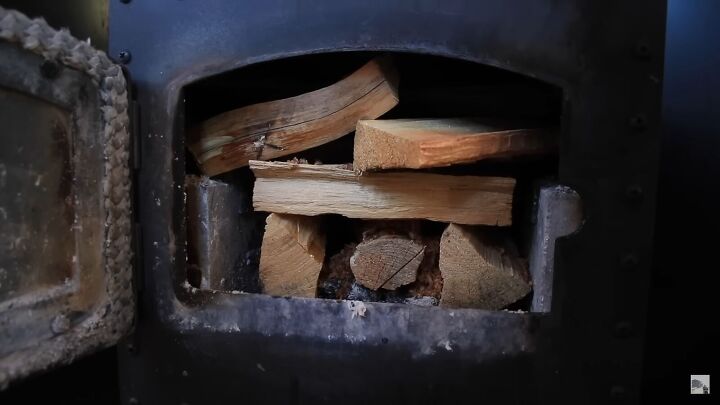

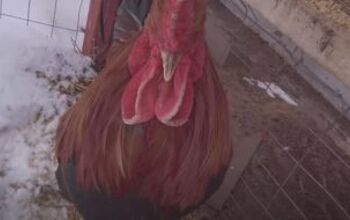


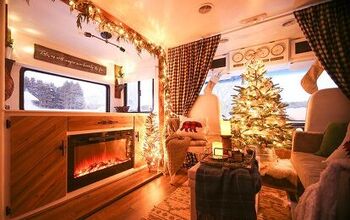

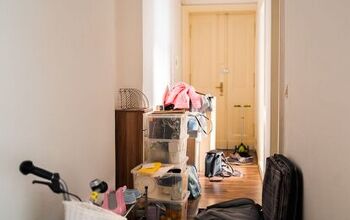








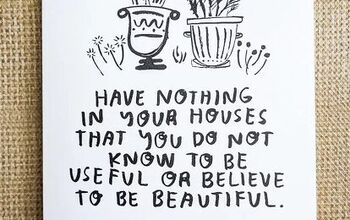



Comments
Join the conversation